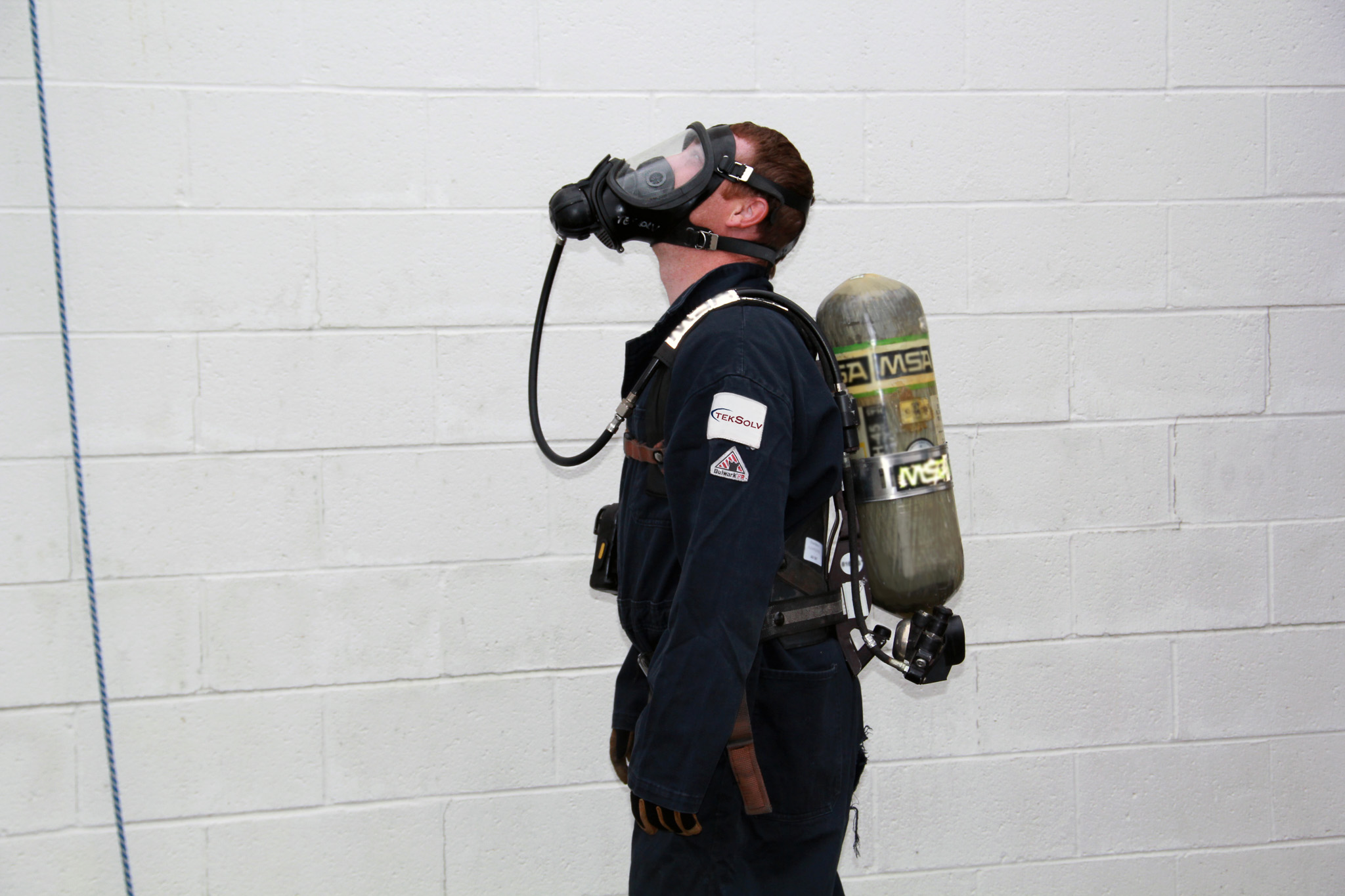Respirator Fit Testing 101: What You Need to Know

What is Respirator Fit Testing?
Fit Testing a Respirator is the process of a variety of tests to determine if the wearer can maintain an acceptable fit and seal of their respirator. It must be done prior to use and whenever a different respirator is worn. If the same respirator is worn, it must be tested at least annually.
Why is Fit Testing Important?
According to NIOSH, over 3 million workers in the United States are required to wear respiratory protection. Respirators are designed to protect individuals from certain elements they may be exposed to. However, your respirator can not protect you if it doesn’t fit properly. Fit testing will ensure that your respiratory protection is actually protecting you.
Factors that Affect the Seal of a Respirator
- Facial hair
- The bone structure of your face
- Facial scars
- Excessive makeup
- Dentures
- Eyeglasses
The Two Main Types of Respirator Fit Testing
Respirator Fit Testing can be divided into two overarching categories: qualitative and quantitative.
Qualitative fit testing is a pass/fail method that relies on the senses of the user through the exposure of an agent. The user dons their respirator and is then exposed to an agent that the user can react to, through taste, smell or other senses. The person conducting the test will ensure that the agent is surrounding the wearer and will proceed with a series of exercises while the agent is present. The wearer passes the test if they cannot sense the agent throughout the exercises because this indicates that the respirator fits their face correctly and is protecting them. The wearer fails the test if they can sense the agent, a.k.a. the respirator does not properly fit them and cannot protect them.
Qualitative fit testing can be a great option because it is relatively inexpensive and requires very little maintenance. However, it is a subjective test that only provides pass/fail results and has no automated documentation. It is also rather time-consuming.
Quantitative fit testing uses a machine that quantifies the fit of a respirator with what is known as a fit factor. The two common technologies that are available and approved globally for Quantitative fit testing are CNC and CNP.
- CNC or condensation nuclei counting, uses ambient particles in the air to challenge the fit of a respirator.
- CNP or controlled negative pressure, uses the air itself as the challenge agent by creating a controlled negative pressure within the respirator. It then measures the air that leaks in.
Both methods have specific protocols and take the fit factors from each exercise in their protocol and average them together. The overall fit factor is then compared to a reference passing fit factor, which is determined by the regulation and type of respirator tested. If the overall fit factor is greater than or equal to the reference passing fit factor, then the test is passed. If not, then the test is failed.
All fit test protocols and the reference passing fit factors are outlined in OSHA’s CFR 1910.134 appendix A. See here.
If you are in need of fit testing, This email address is being protected from spambots. You need JavaScript enabled to view it.!
